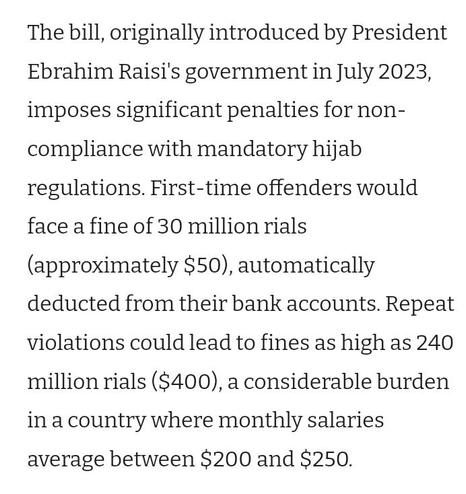More than 8 million men were forced to undergo a vasectomy during that period, which lasted until March 1977, when the state of emergency was lifted. This included 6 million men in just 1976. Nearly 2,000 people died in botched surgeries.
In 1952, just five years after securing its freedom from the British, India became the world’s first country to adopt a national family planning programme. At the time, the idea was to encourage families to have no more than two children. By the 1960s, at a time when birth rates were close to six children per woman, the government of Indira Gandhi began adopting more aggressive measures.
The World Bank loaned India $66m for sterilisation initiatives, and the US made food aid to a starving India contingent on its success at population control. But it was during the emergency, with all the democratic checks and balances removed, that the Indira Gandhi government went into overdrive, using a mix of coercion and punishment to pressure government officials into implementing forced sterilisation, and communities into accepting it.
Government officials were given quotas of how many people they had to sterilise. Those who failed their targets had their salaries withheld or faced the threat of dismissal from their jobs. Meanwhile, irrigation water was cut off from villages that refused to cooperate. The Muslim birthrate in India at the time was significantly higher than that of other communities, making members of the religion a particular focus of the mass sterilisation initiative. #та страна
